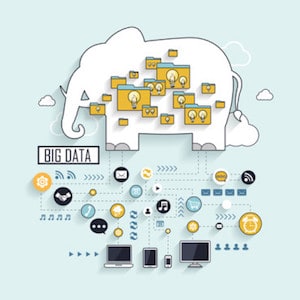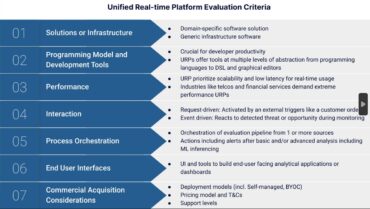
A conversational interface driven by AI will be the future of how you’ll access and understand SAP’s analytics cloud.
The way end users interact with analytics applications is about to change to the point where many of them will no longer necessarily need to rely on someone from IT to generate a report on their behalf.
At their recent 2018 Sapphire Now + ASUG Annual Conference, SAP announced Search to Insight, which makes use of conversational artificial intelligence (AI) and natural language processing engine to provide insights into data residing on the SAP Analytics Cloud.
Providing that capability will change the way end users and IT organizations interact with one another daily. There will still be a need to run complex reports. But most of the report requests that previously required someone in IT to build a report will soon be handled by a simple voice request.
See also: Going inside SAP’s new data strategy
That shift will require many analytic professionals to be retrained, says Mike Flannagan, senior vice president of analytics strategy for SAP.
“Like most things involving AI, there will be some jobs that go away and others that are created,” says Flannagan.
Those new jobs will be focused more on building more sophisticated analytics applications leveraging AI models. It takes a significant amount of time and effort to create those AI models and IT organizations will need to be able to aggregate enough data to make those algorithms effective. SAP is betting that one of the places organizations will opt to store that data is the SAP Analytics Cloud.
The conversational interface SAP has developed leverages machine algorithms that SAP has developed under its SAP Leonardo initiative and chatbot technology that SAP gained when it acquired Recast.AI earlier this year, says Flannagan.
Longer term, end users should also expect to see SAP employ machine learning algorithms to automatically alert end users about relevant trends that have become apparent by applying analytics to the latest data. To facilitate that process SAP has moved to embed the analytics libraries it developed for SAP Analytics Cloud directly into the SAP S/4HANA Cloud, the version of the company’s enterprise resource planning (ERP) applications that it delivers as a cloud service. Pre-built content and business logic for more than 20 SAP applications, including SAP SuccessFactors, SAP Ariba, and SAP S/4HANA is also being made available and SAP has committed to embedding all the capabilities of SAP Analytics Cloud across its entire portfolio.
Each individual organization will need to determine based on performance requirements when to run analytics application code locally versus relying on REST application programming interfaces (APIs) to access a remote service such as SAP Analytics Cloud. But regardless of the approach, SAP is leveraging its investments in the SAP HANA in-memory database to deliver analytics in near real-time.
Of course, no amount of analytics is going to convince line of business (LOB) executives to necessarily trust the data enough to make business decisions. But if LOB executives can interactively interrogate that data without any intervention of IT required trust in that data should not only increase, the quality of the data being collected should improve as business executives come to appreciate the real business value of that data.






























